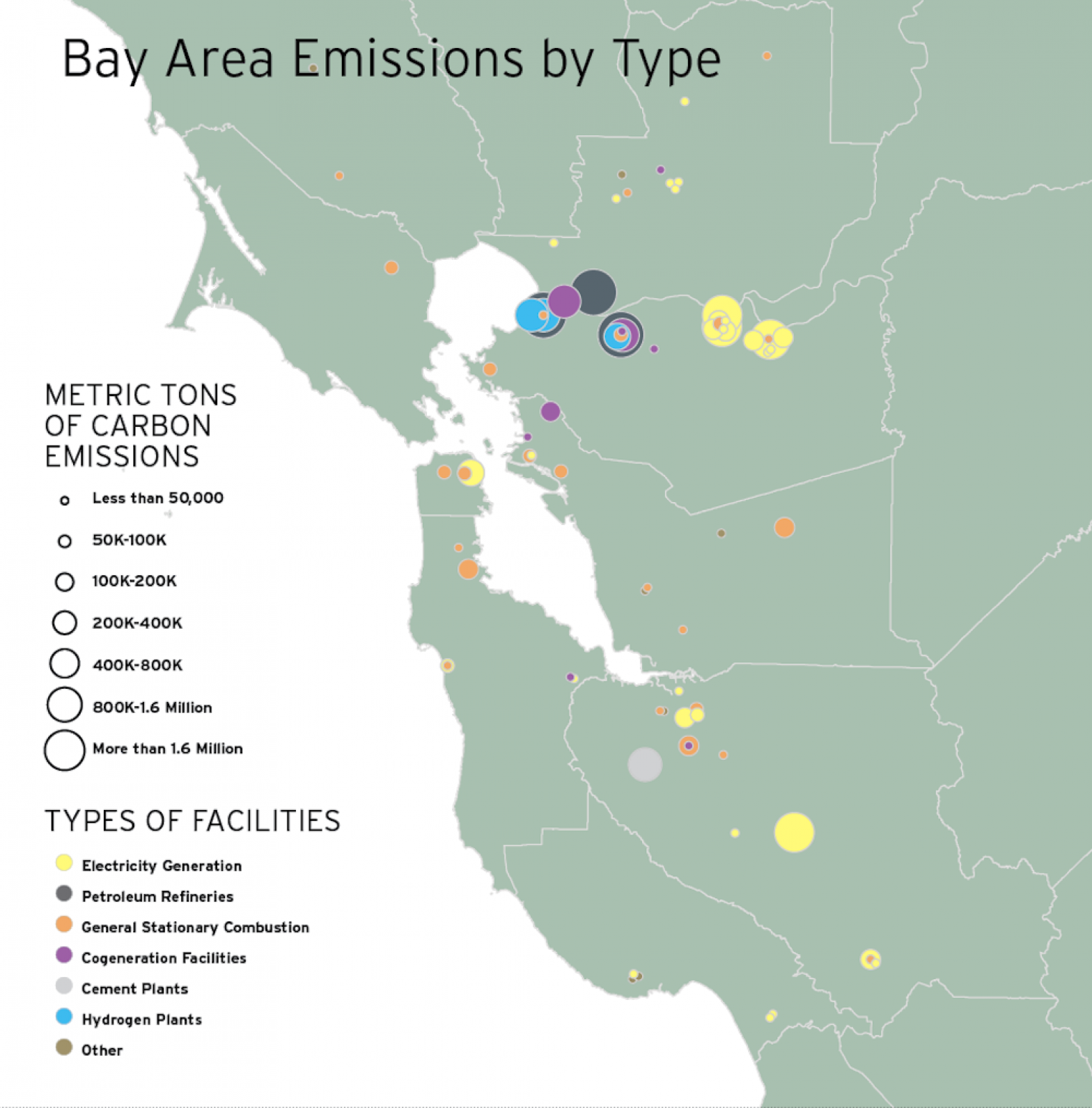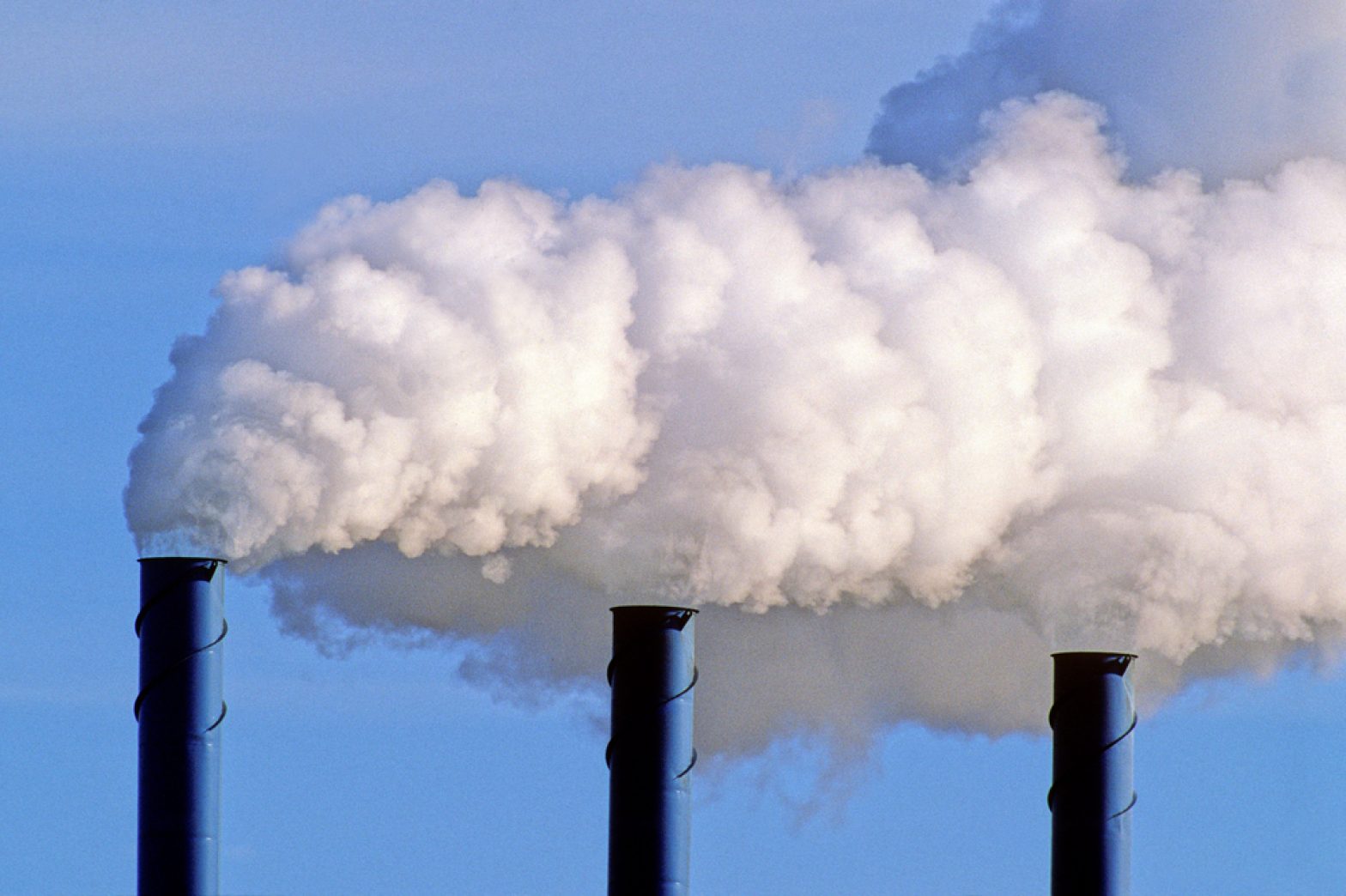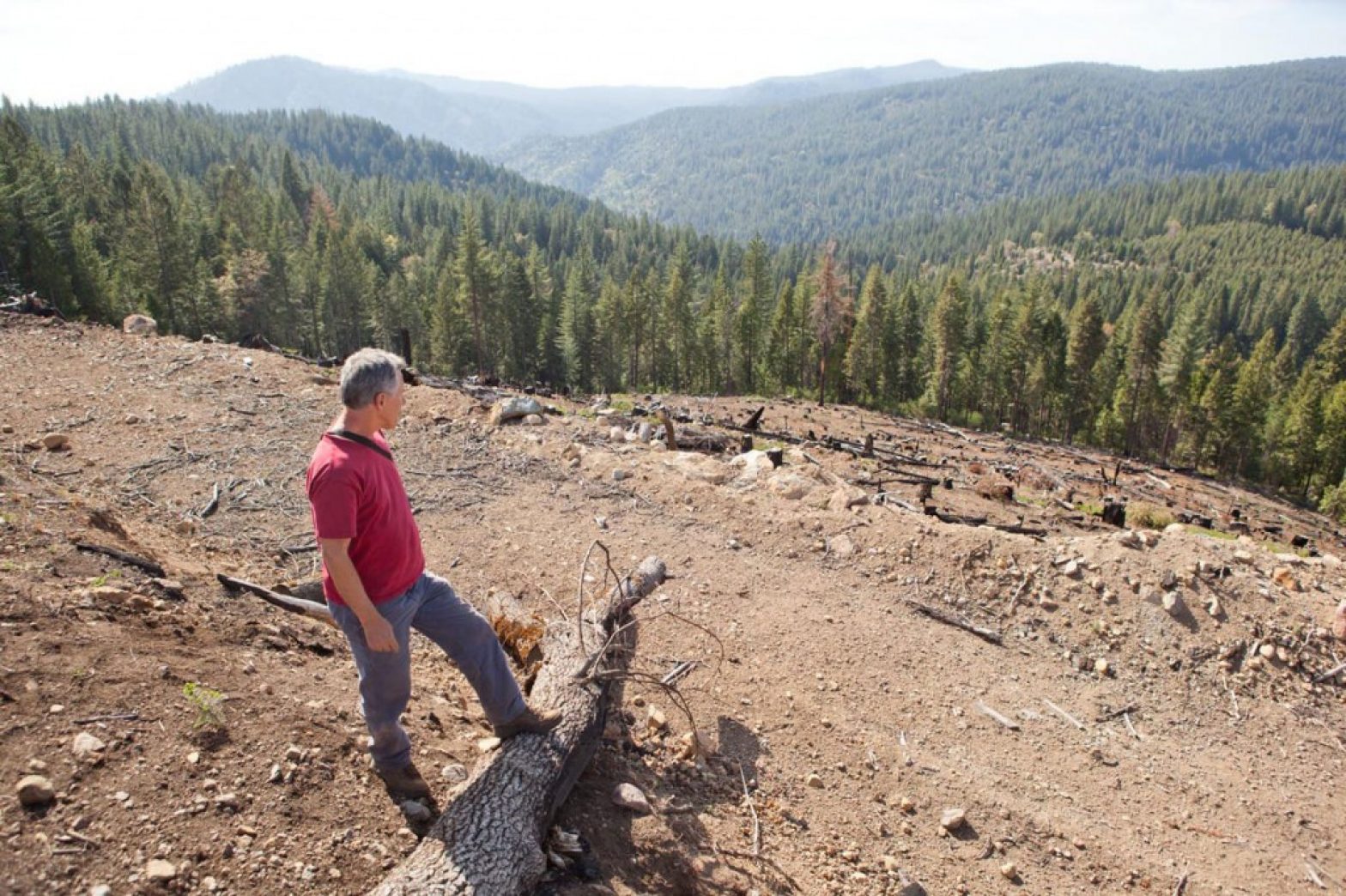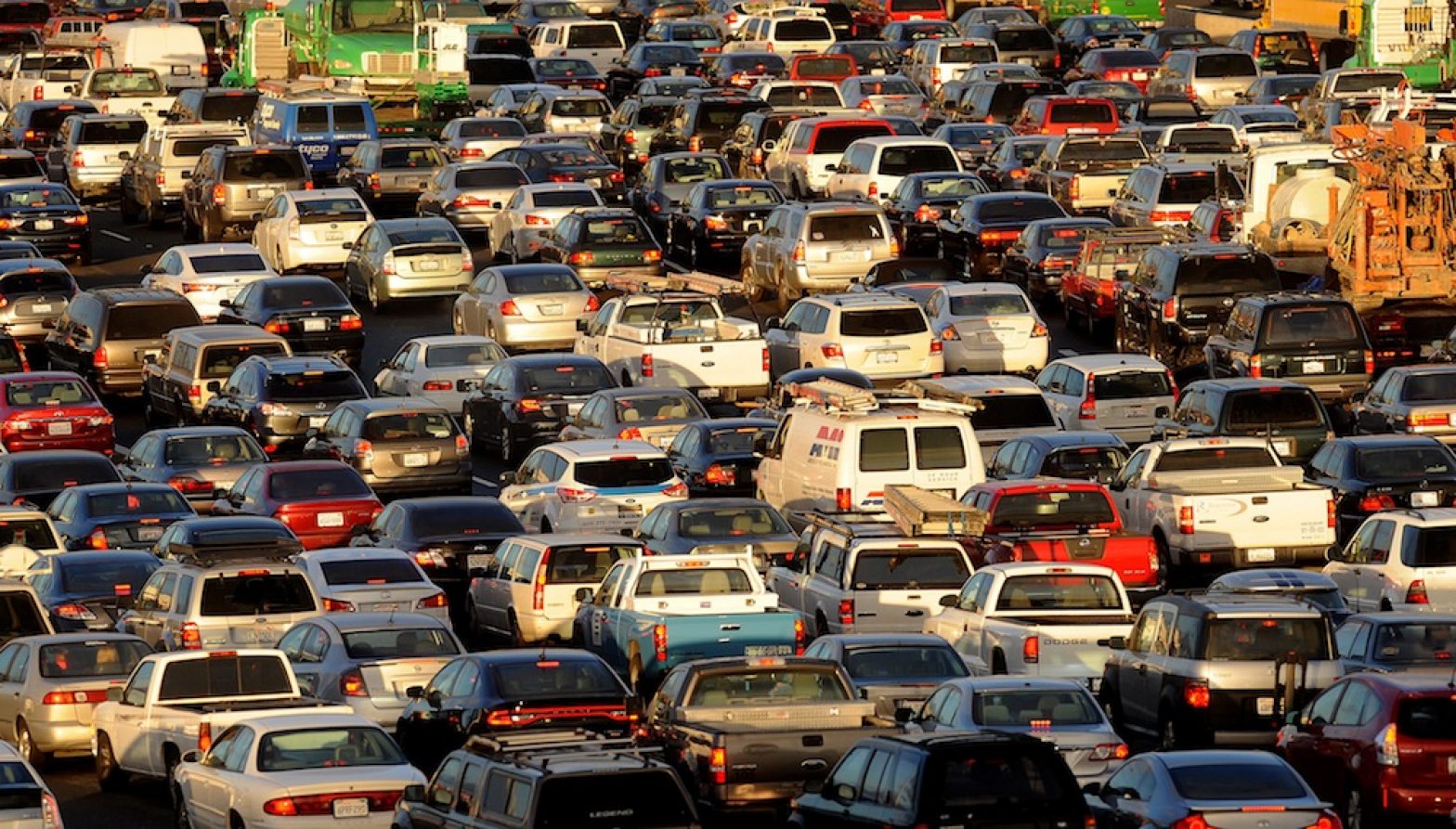Climate Change
Mapping California’s Biggest Polluters
Carbon dioxide, as everyone knows, is invisible. But with a little mapmaking magic, the greenhouse gas comes into sharp view in a rainbow of colors, and shows clearly how and where California contributes to global warming. California’s cap-and-trade program requires the largest emitters of greenhouse gases to pay to pollute. Each metric ton of carbon dioxide (or other greenhouse gas equivalent) requires an “allowance,” with the total supply (the “cap”) falling each year. These maps show the largest emitters. This is part of a special report on climate change in the Summer print edition of the San Francisco Public Press.






